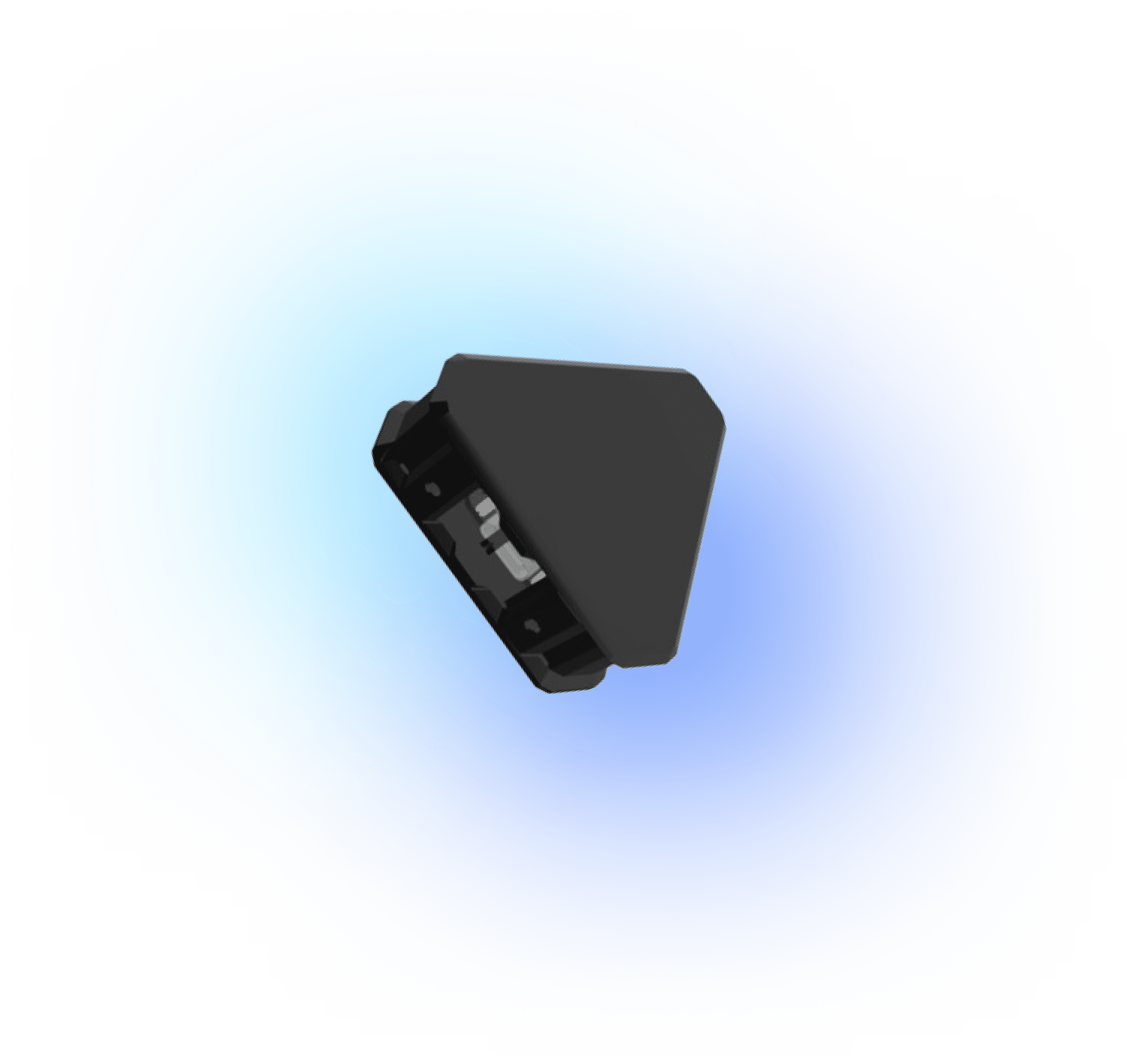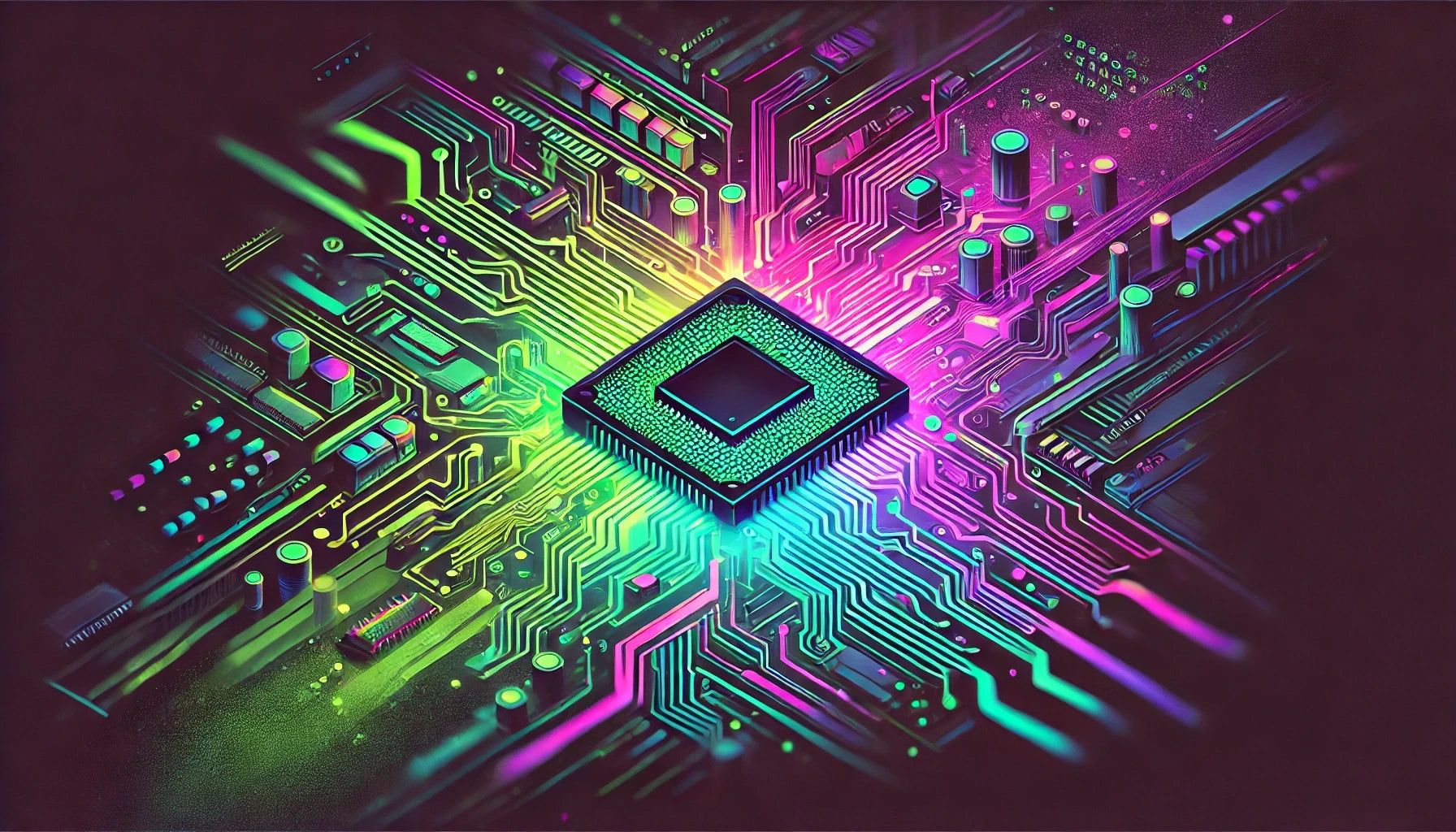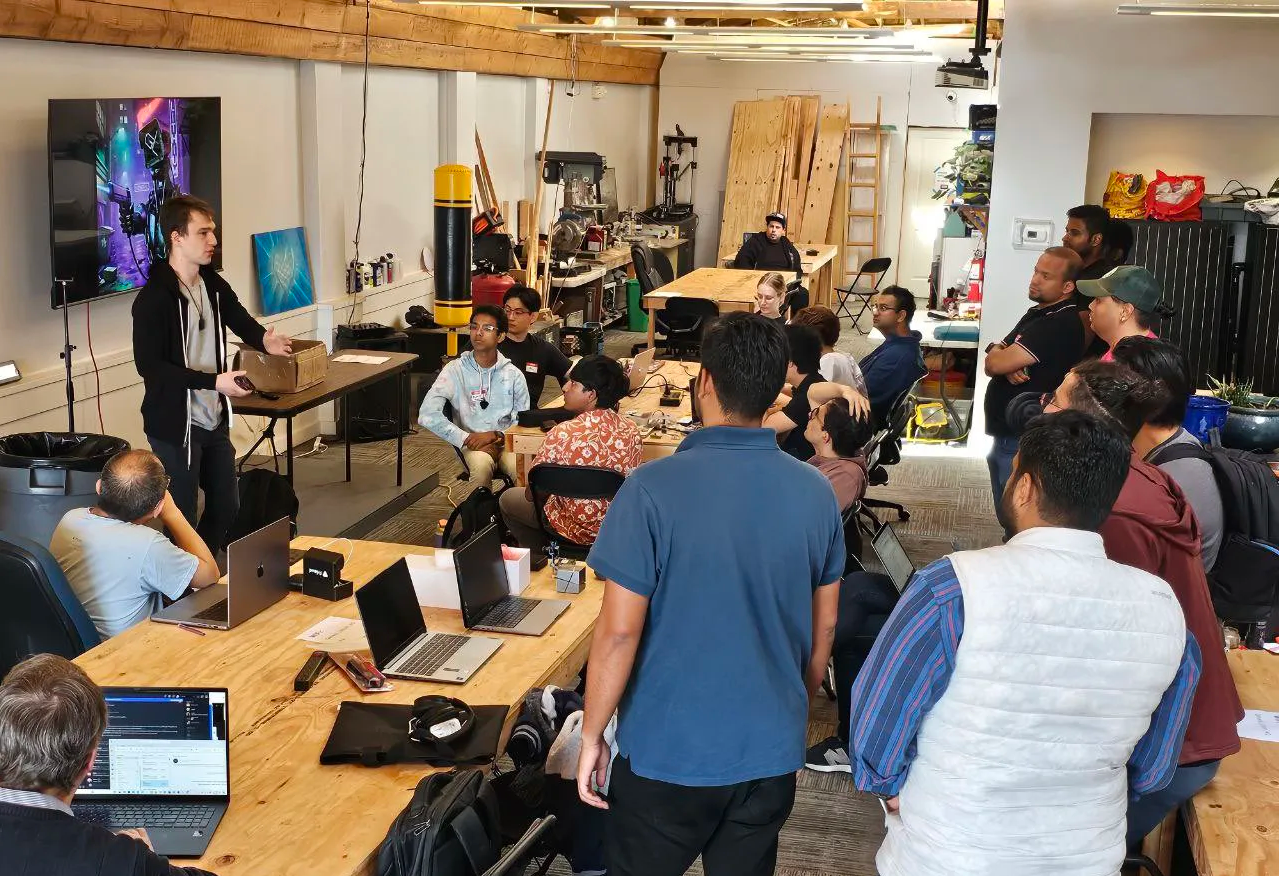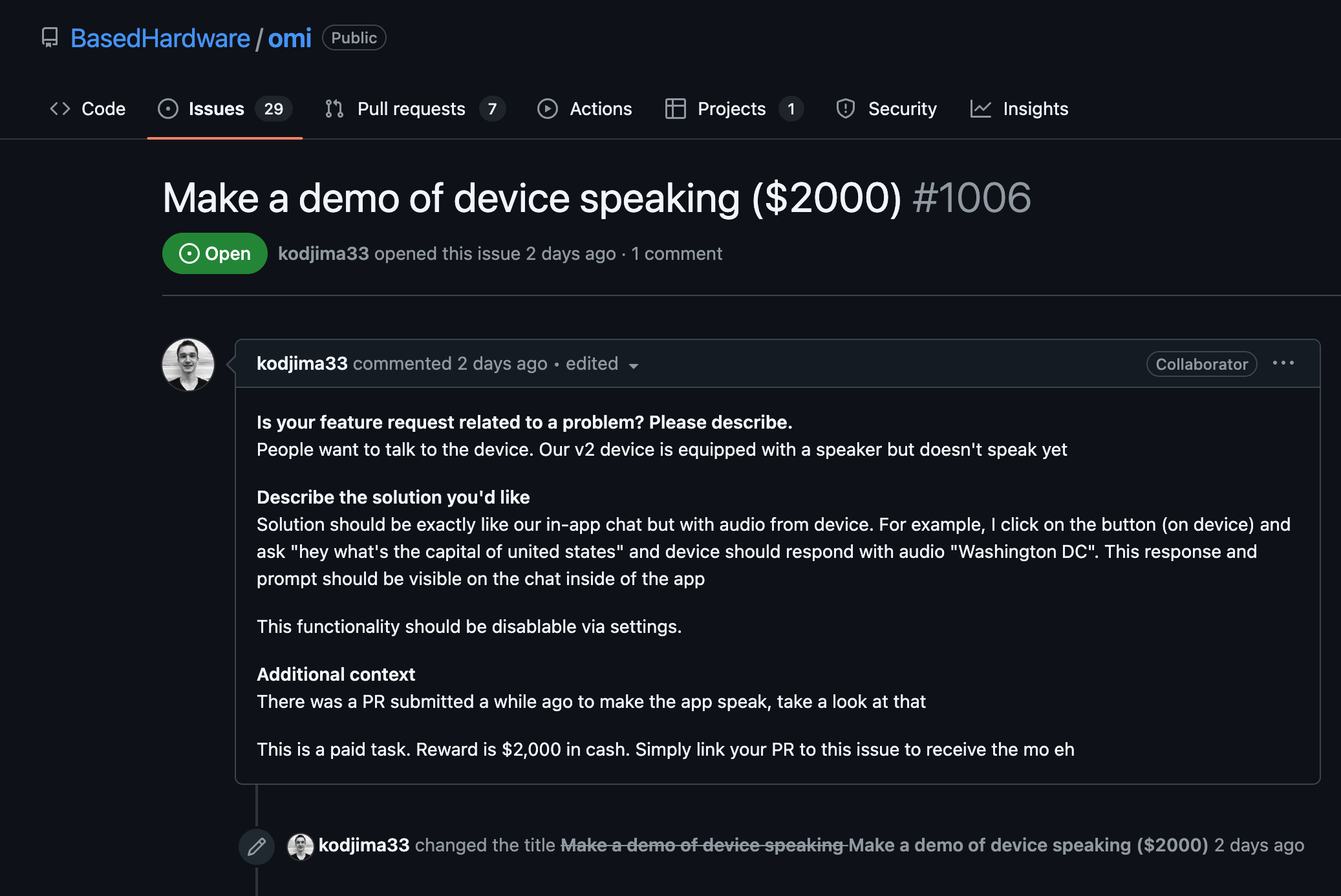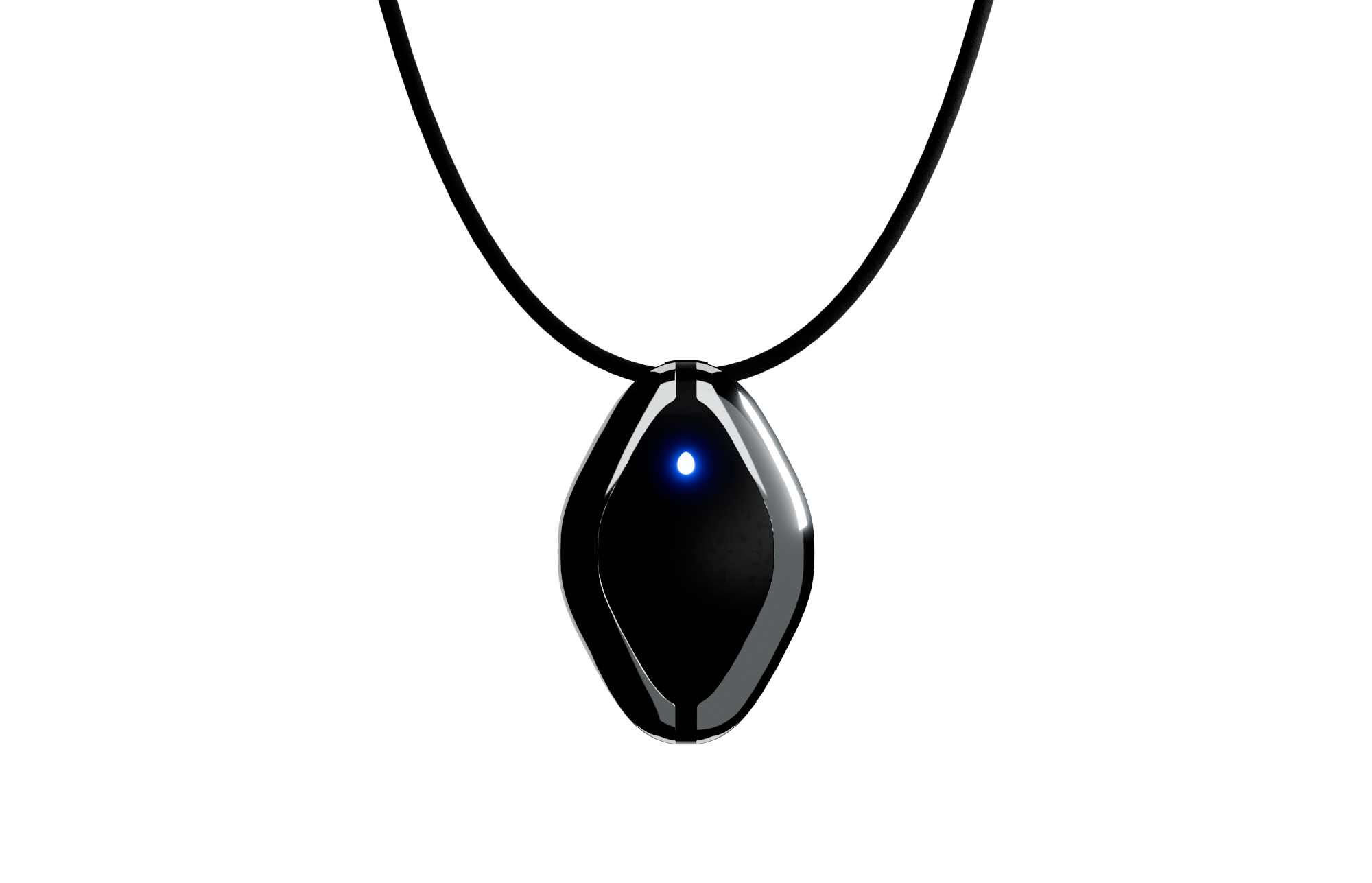Implementing Command Queues and Buffers
When implementing command queues and buffers in firmware, it is crucial to establish a system that allows for the orderly execution of instructions while managing memory efficiently. This process involves defining data structures, managing memory, and ensuring that commands are executed in sequence with minimal latency.
- Define Data Structures: Create a command structure to hold the data your application needs to execute, such as command type, arguments, and status.
- Command Queue Definition: Utilize circular buffer techniques for the queue to handle overflow conditions gracefully and maintain a fixed memory footprint.
typedef struct {
uint8_t command_type;
uint32_t command_args;
uint8_t status;
} Command;
#define QUEUE_SIZE 10
typedef struct {
Command buffer[QUEUE_SIZE];
int head;
int tail;
int size;
} CommandQueue;
Initialize the Command Queue
- Initialize the queue, setting head, tail, and size to zero.
- Allocate memory if needed, although typically the queue will be a static allocation for efficiency.
void initQueue(CommandQueue *queue) {
queue->head = 0;
queue->tail = 0;
queue->size = 0;
}
Enqueue a Command
- Implement the enqueue operation, adding commands to the queue in a way that updates tail and the size, wrapping around if necessary.
- Check for queue overflow and handle it, possibly by returning an error or discarding the oldest commands.
bool enqueue(CommandQueue *queue, Command cmd) {
if (queue->size < QUEUE_SIZE) {
queue->buffer[queue->tail] = cmd;
queue->tail = (queue->tail + 1) % QUEUE_SIZE;
queue->size++;
return true;
} else {
// Handle overflow, e.g., discard the command or oldest item
return false;
}
}
Dequeue a Command
- Implement the dequeue operation, which retrieves and removes commands from the queue, updating head and size appropriately.
- Ensure commands are processed in the correct order, adhering to FIFO principles.
bool dequeue(CommandQueue *queue, Command *cmd) {
if (queue->size > 0) {
*cmd = queue->buffer[queue->head];
queue->head = (queue->head + 1) % QUEUE_SIZE;
queue->size--;
return true;
} else {
// Handle underflow, e.g., return an error
return false;
}
}
Command Processing
- Implement command processing logic to execute each command retrieved from the queue.
- Optionally, use a task scheduler or an interrupt routine to trigger command processing at specific intervals or events.
void processCommands(CommandQueue *queue) {
Command cmd;
while (dequeue(queue, &cmd)) {
switch (cmd.command_type) {
case 0x01:
// Execute command type 1
break;
case 0x02:
// Execute command type 2
break;
// Additional command cases
default:
// Handle unknown command
break;
}
}
}
Buffer Management
- Essential to manage memory effectively; ensure that buffer management routines are implemented to prevent buffer overflows and ensure data integrity.
- Consider dynamic or static allocation strategies based on system resources and performance needs, and ensure alignment with your command queue structures.
By adhering to these guidelines and using well-designed data structures, your firmware can efficiently implement command queues and buffers, ensuring orderly command processing and robust memory management.
